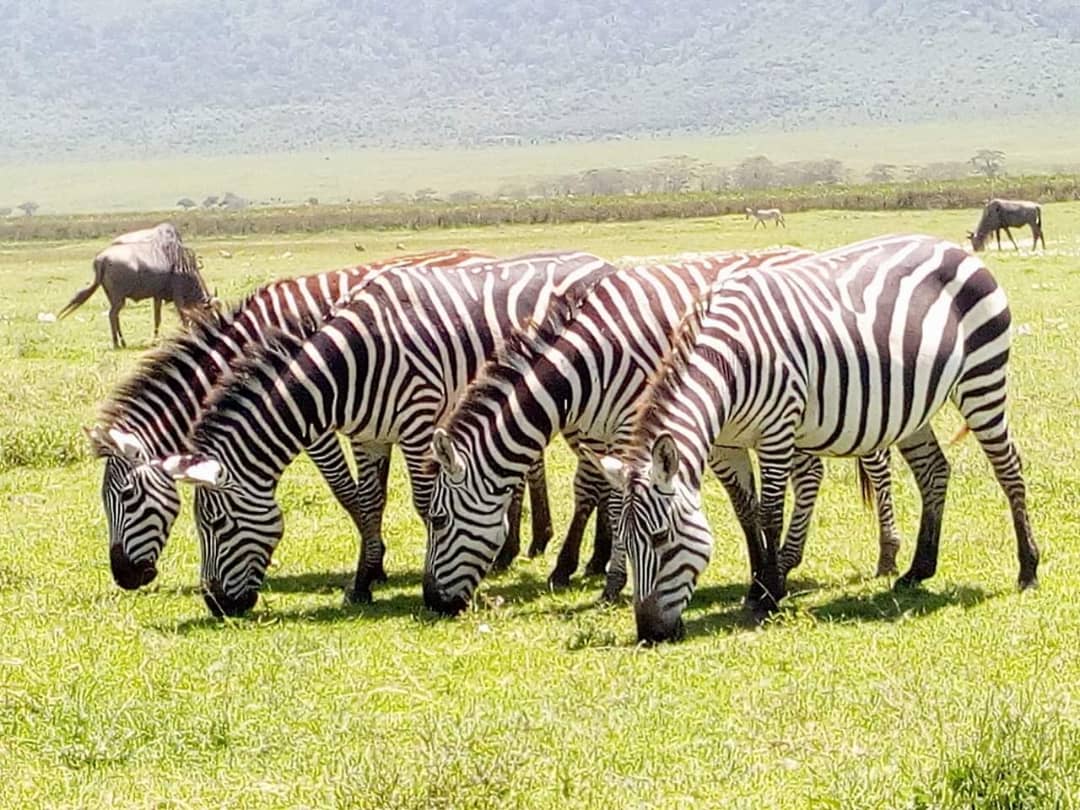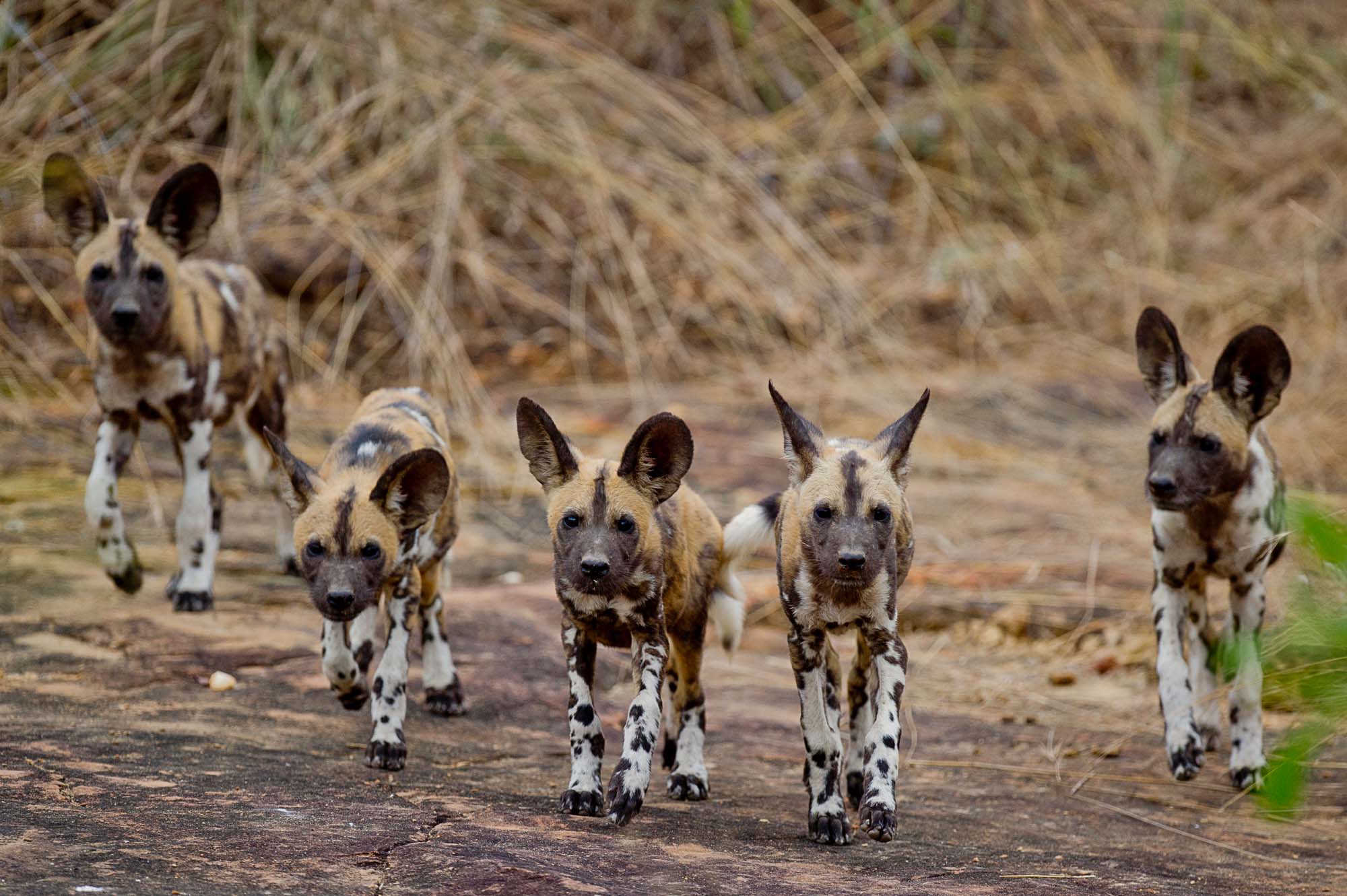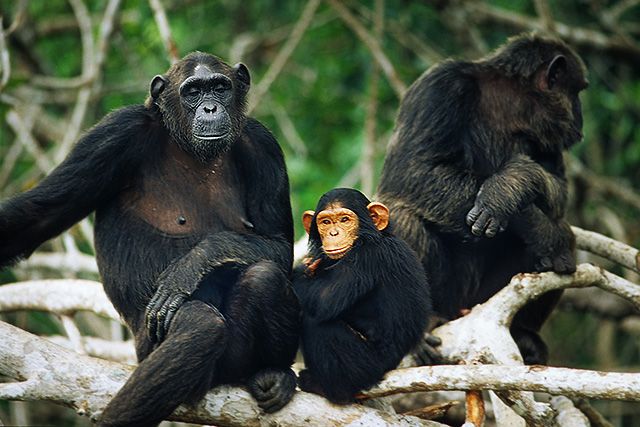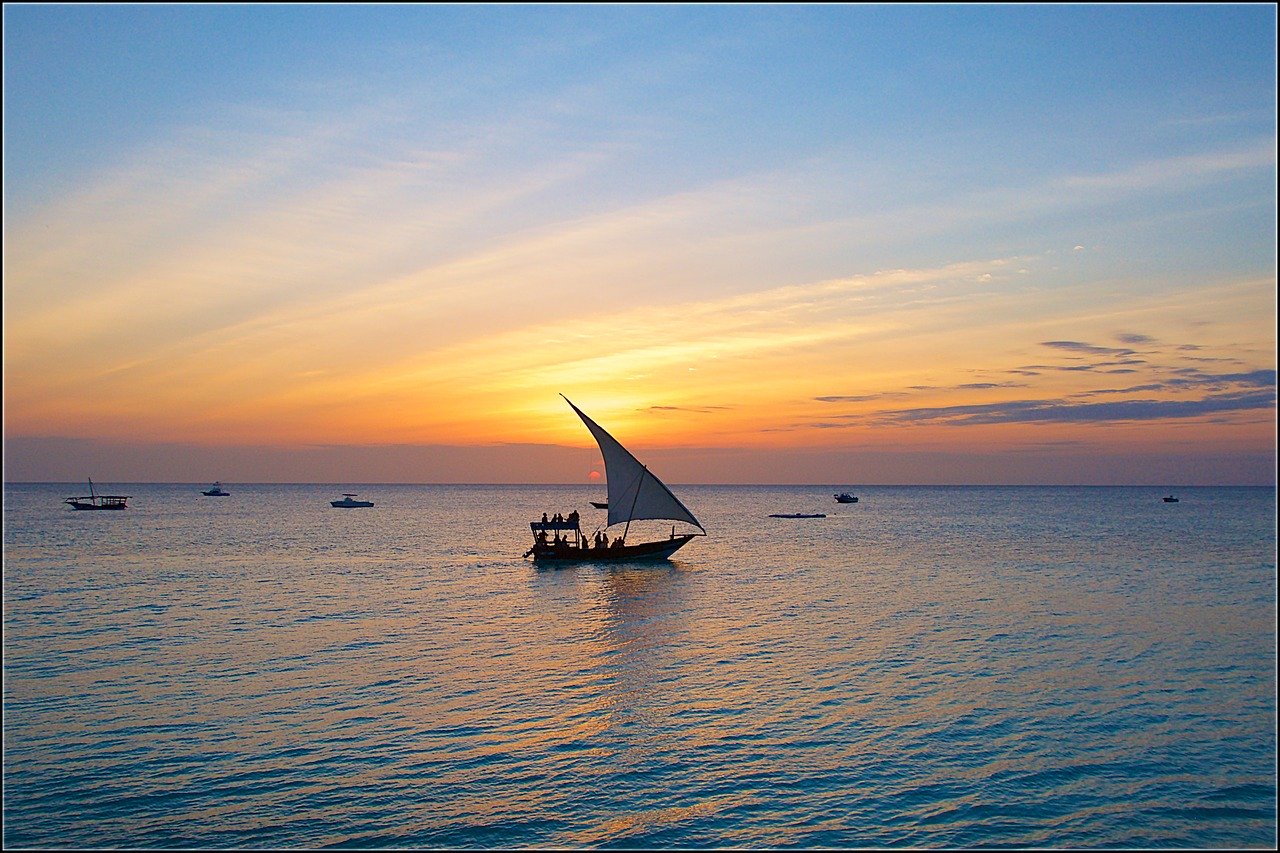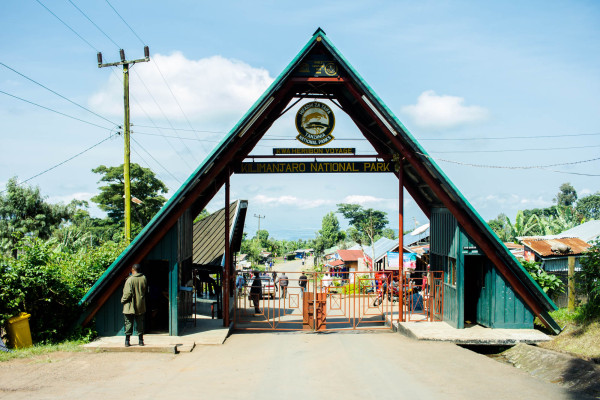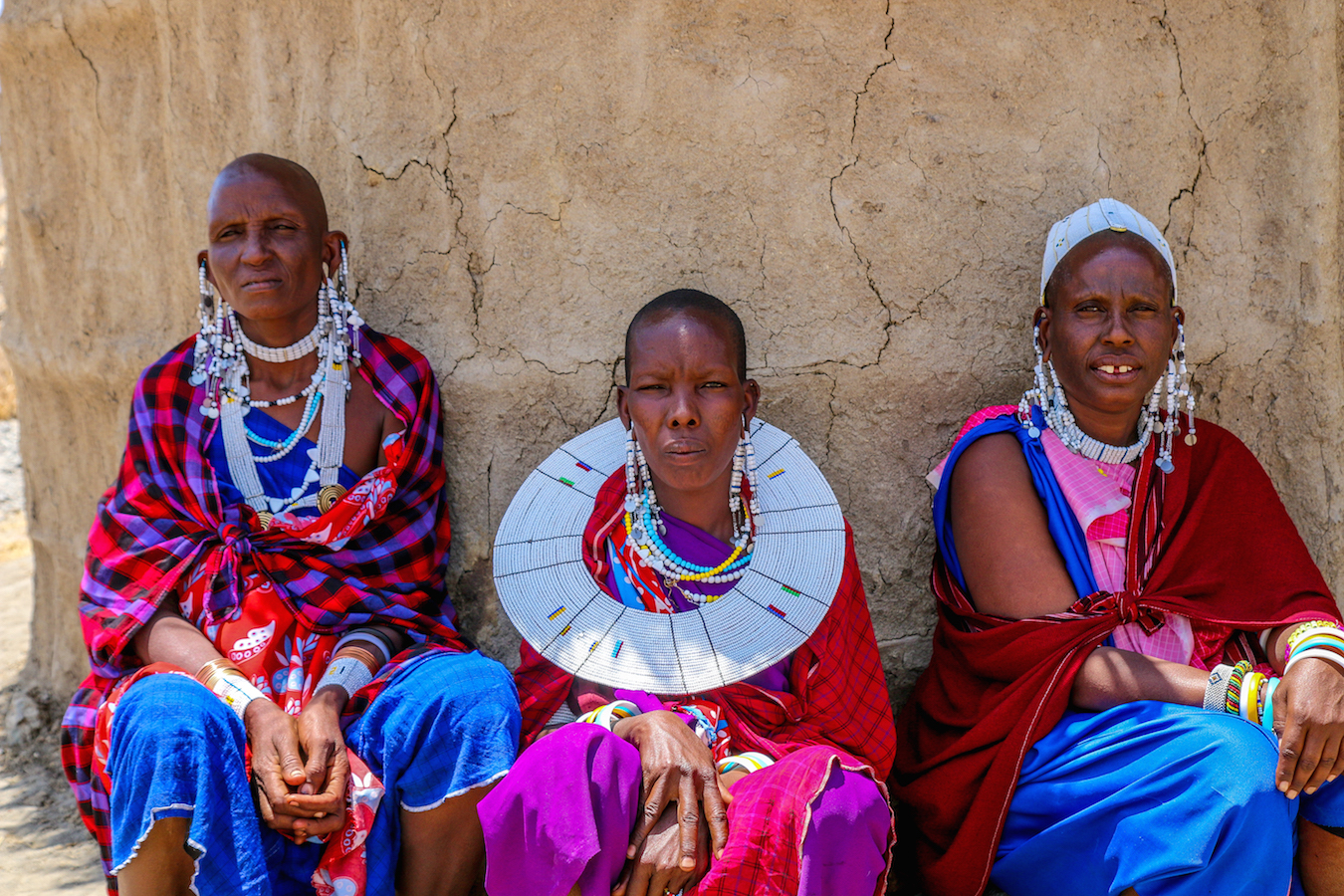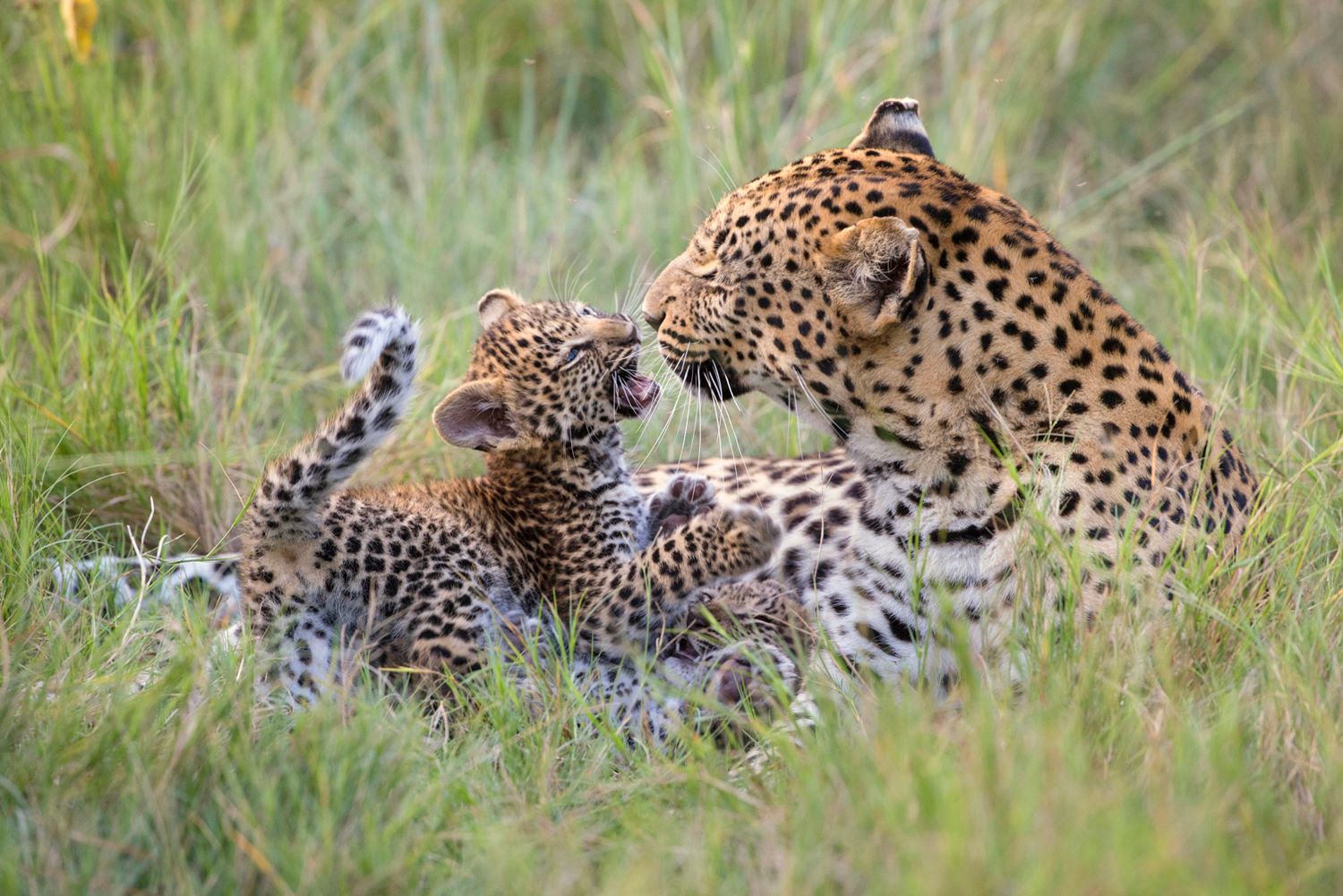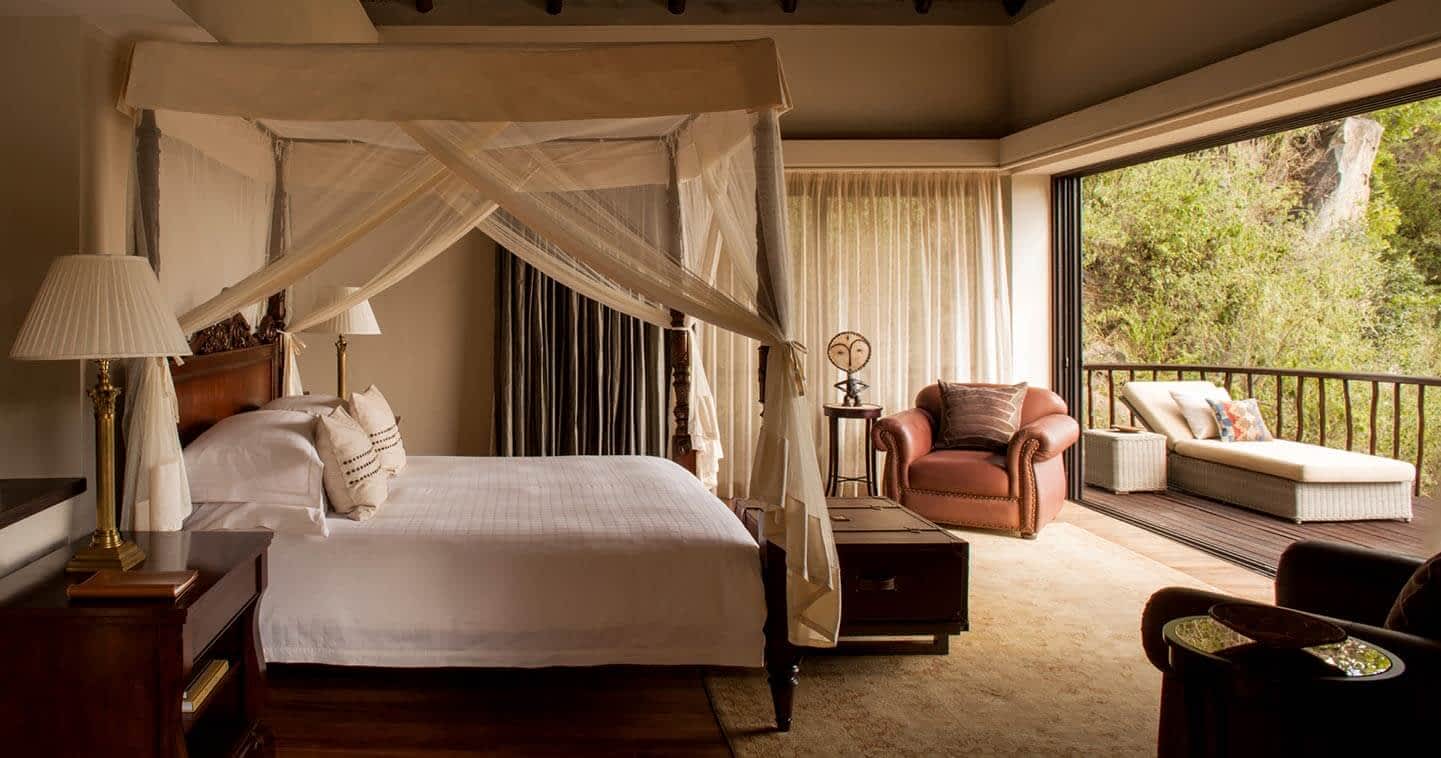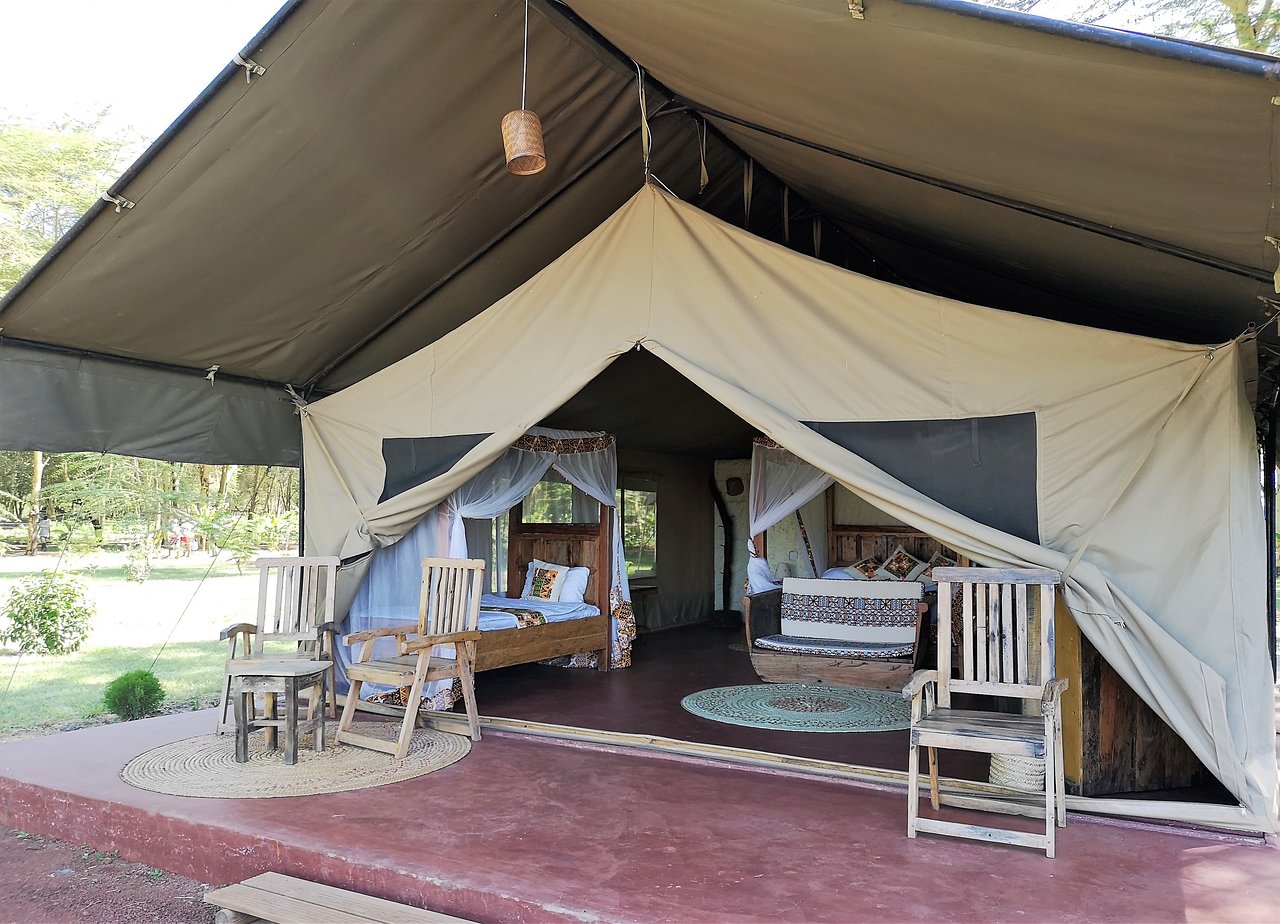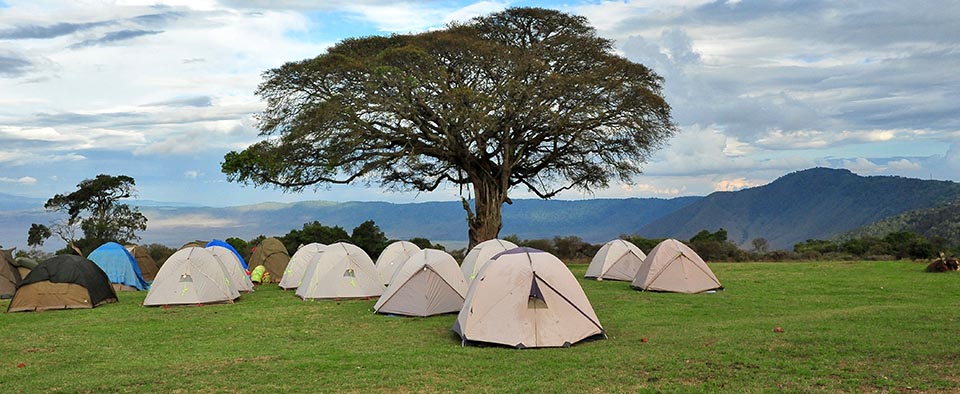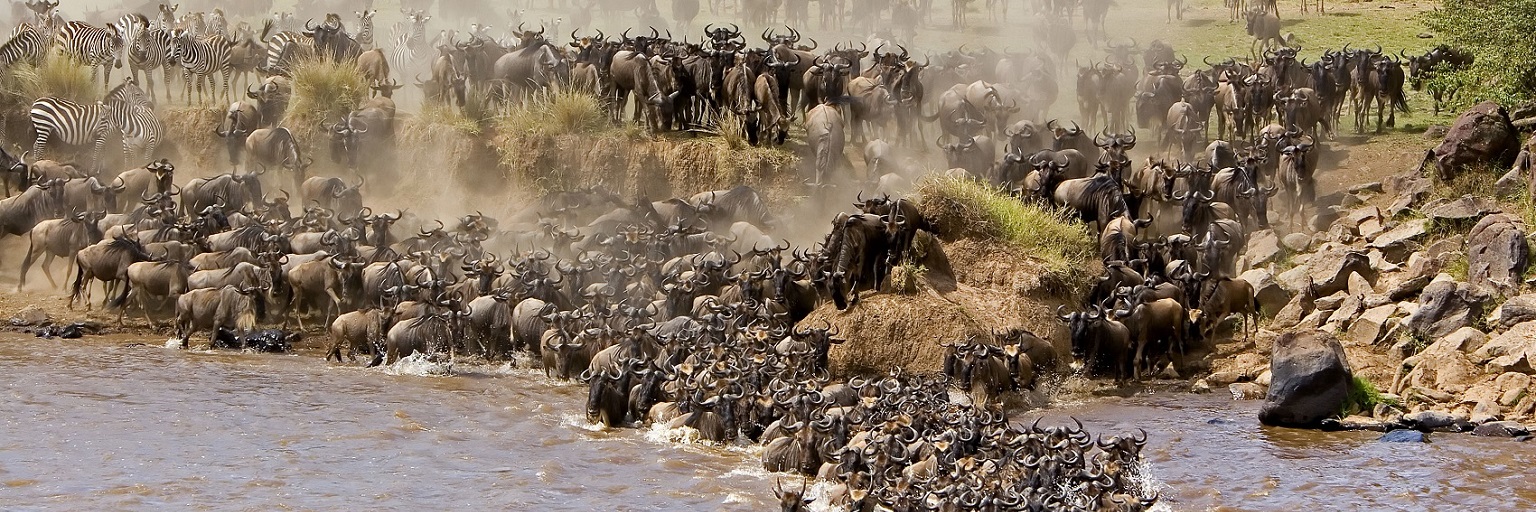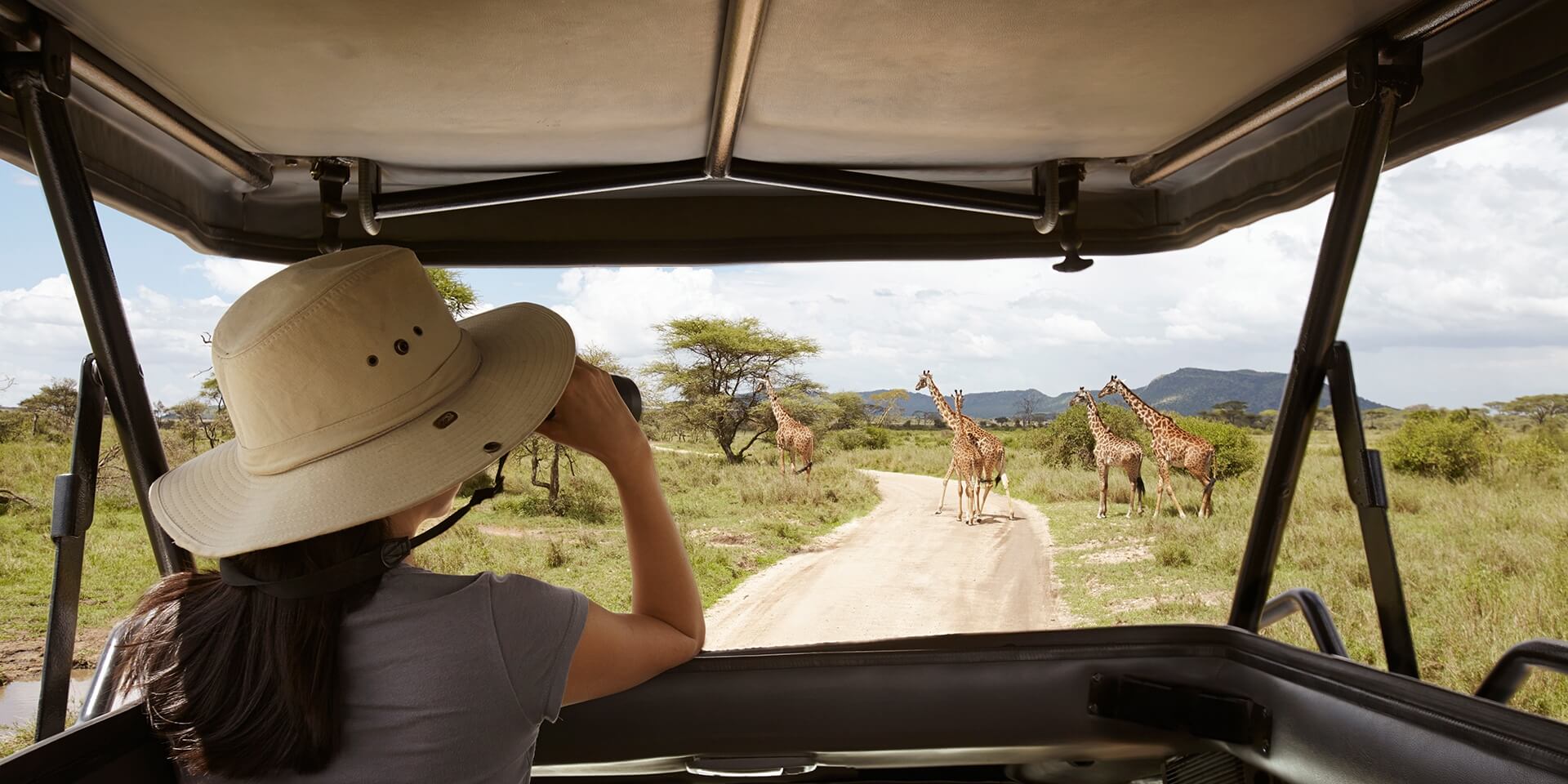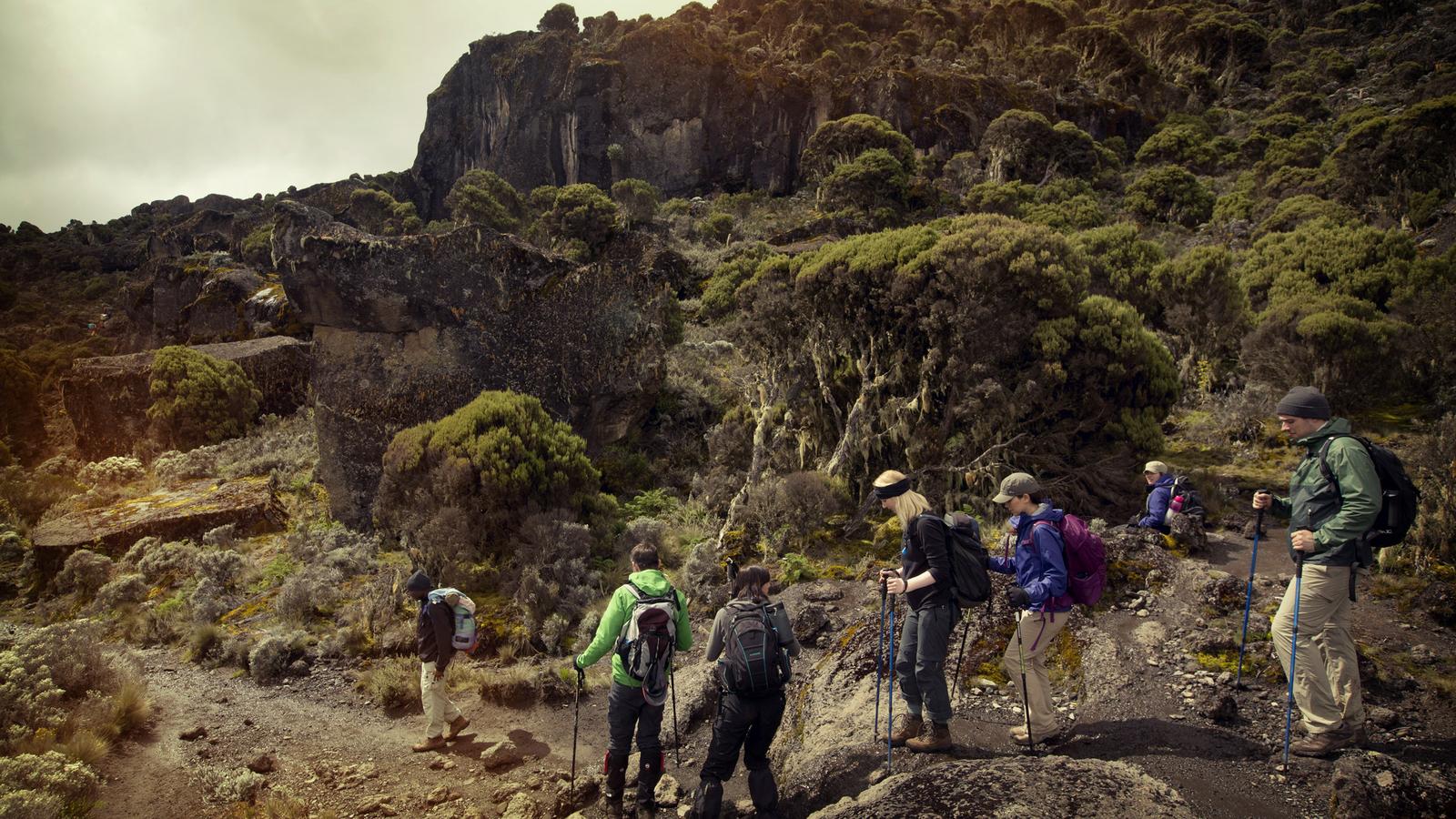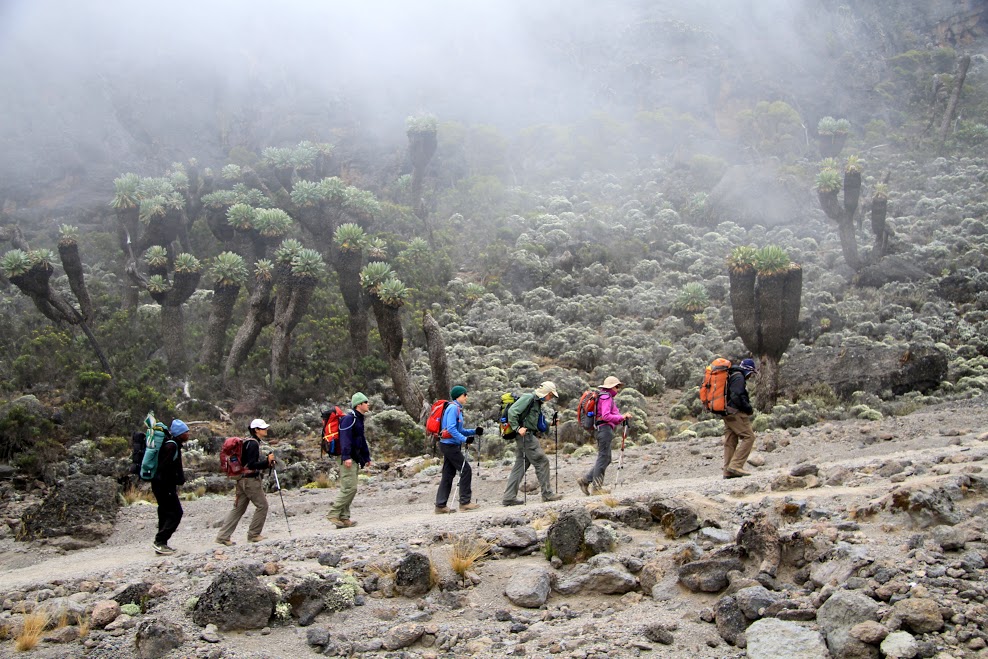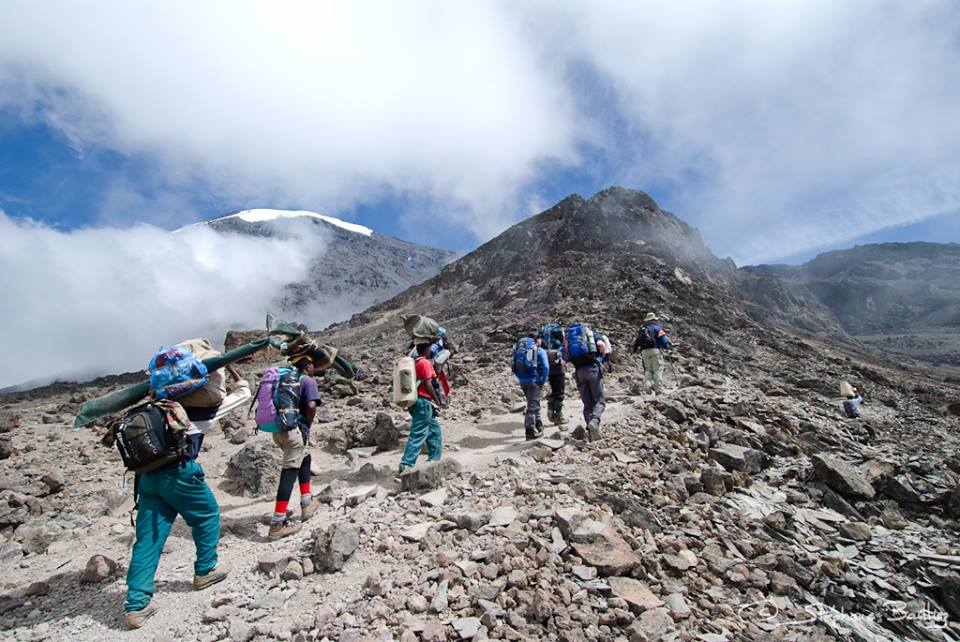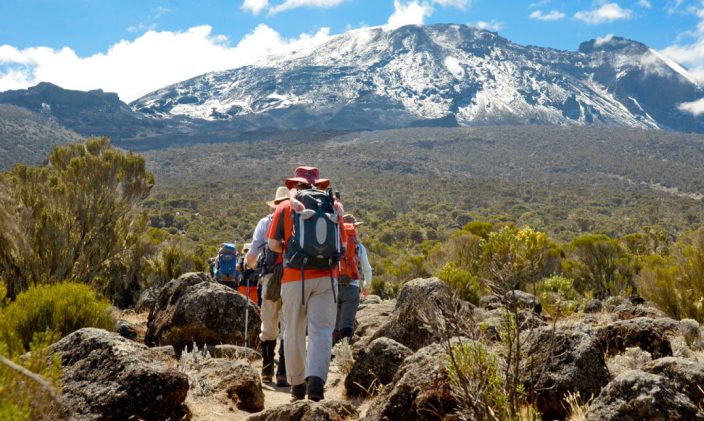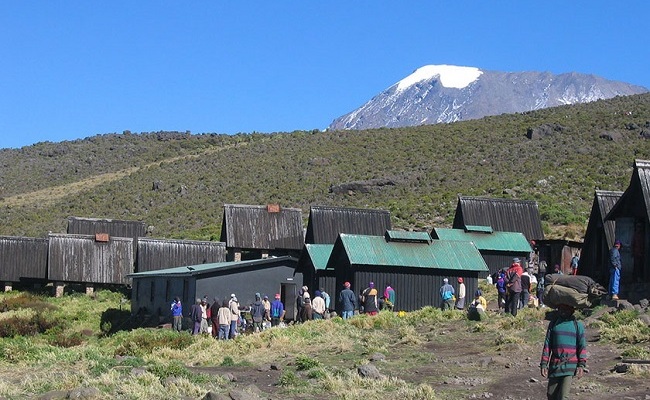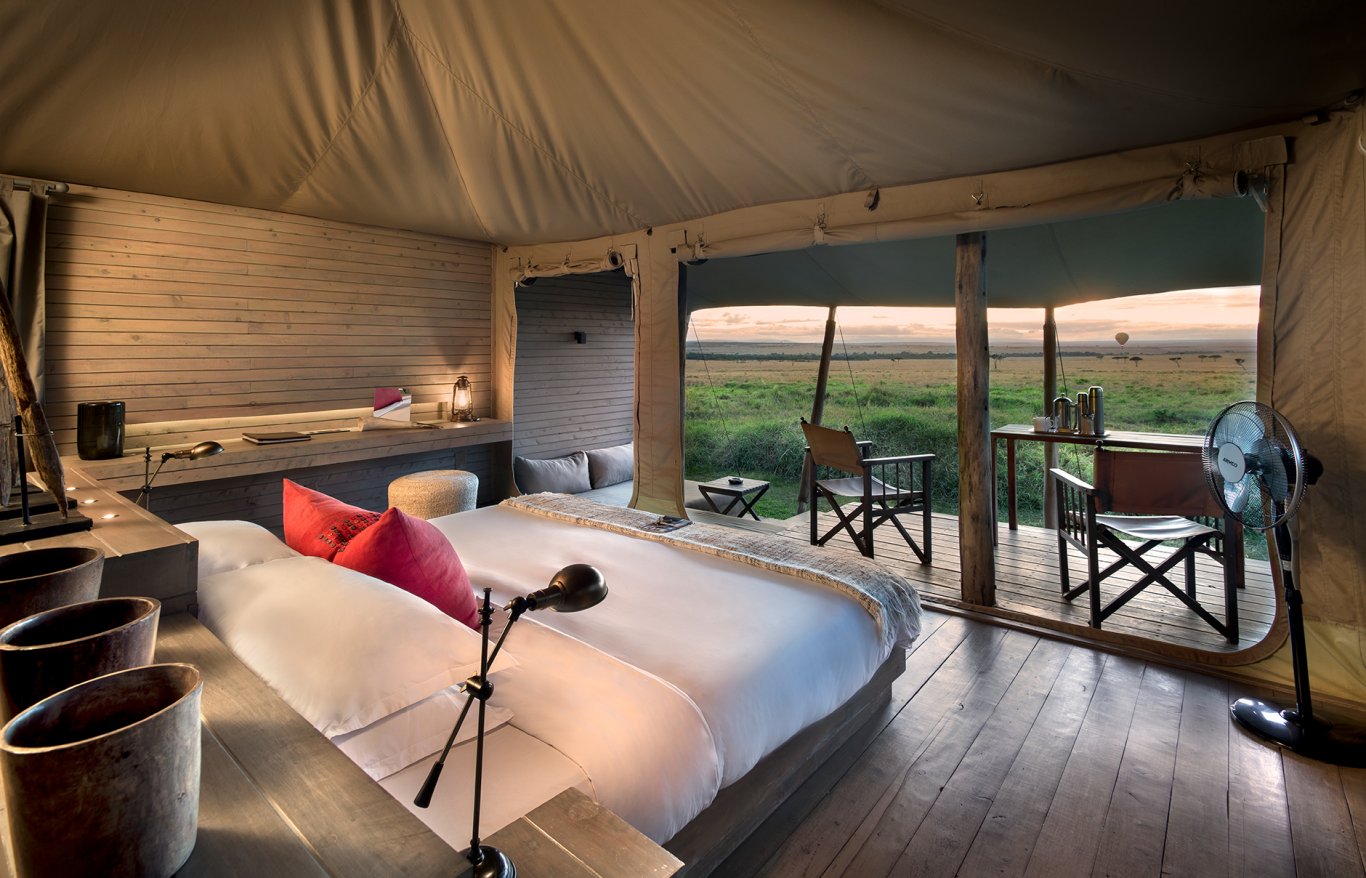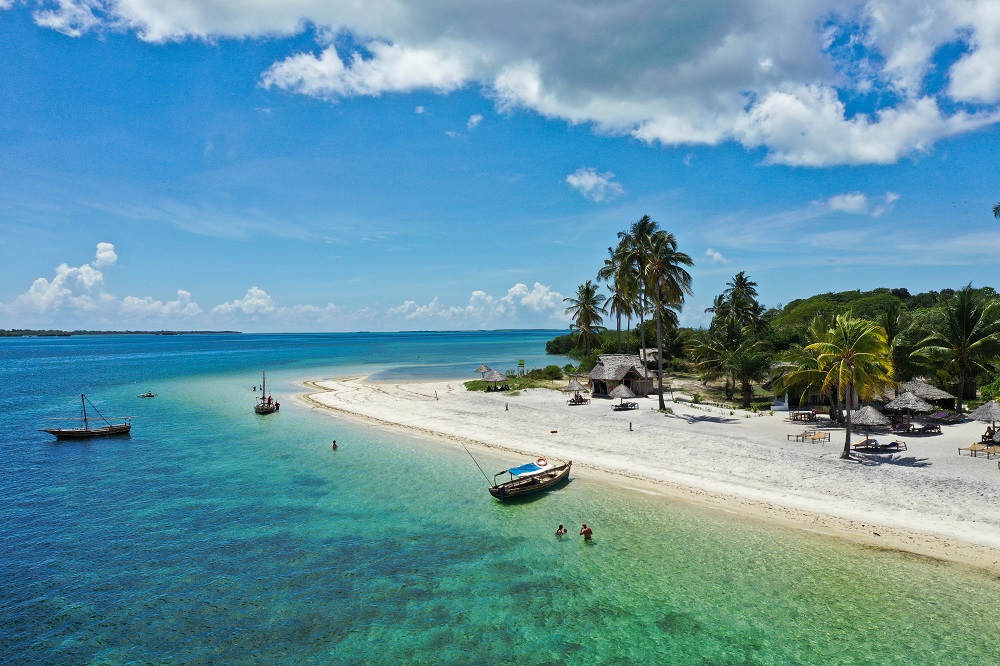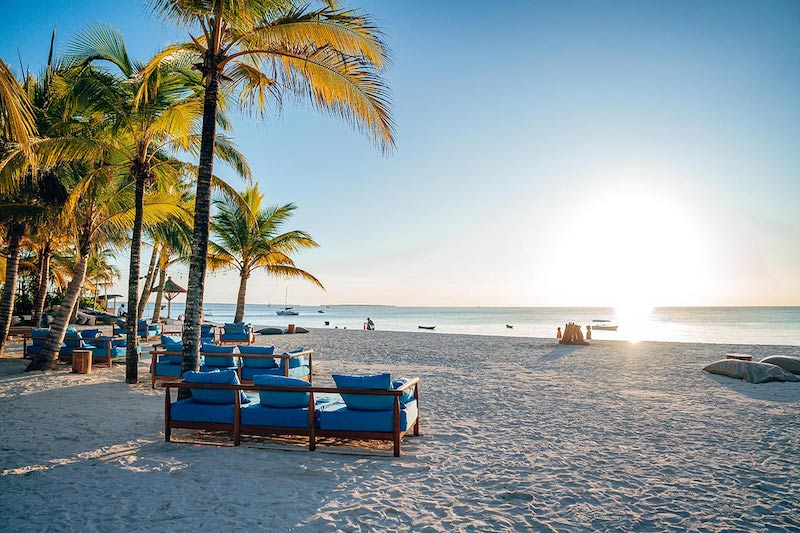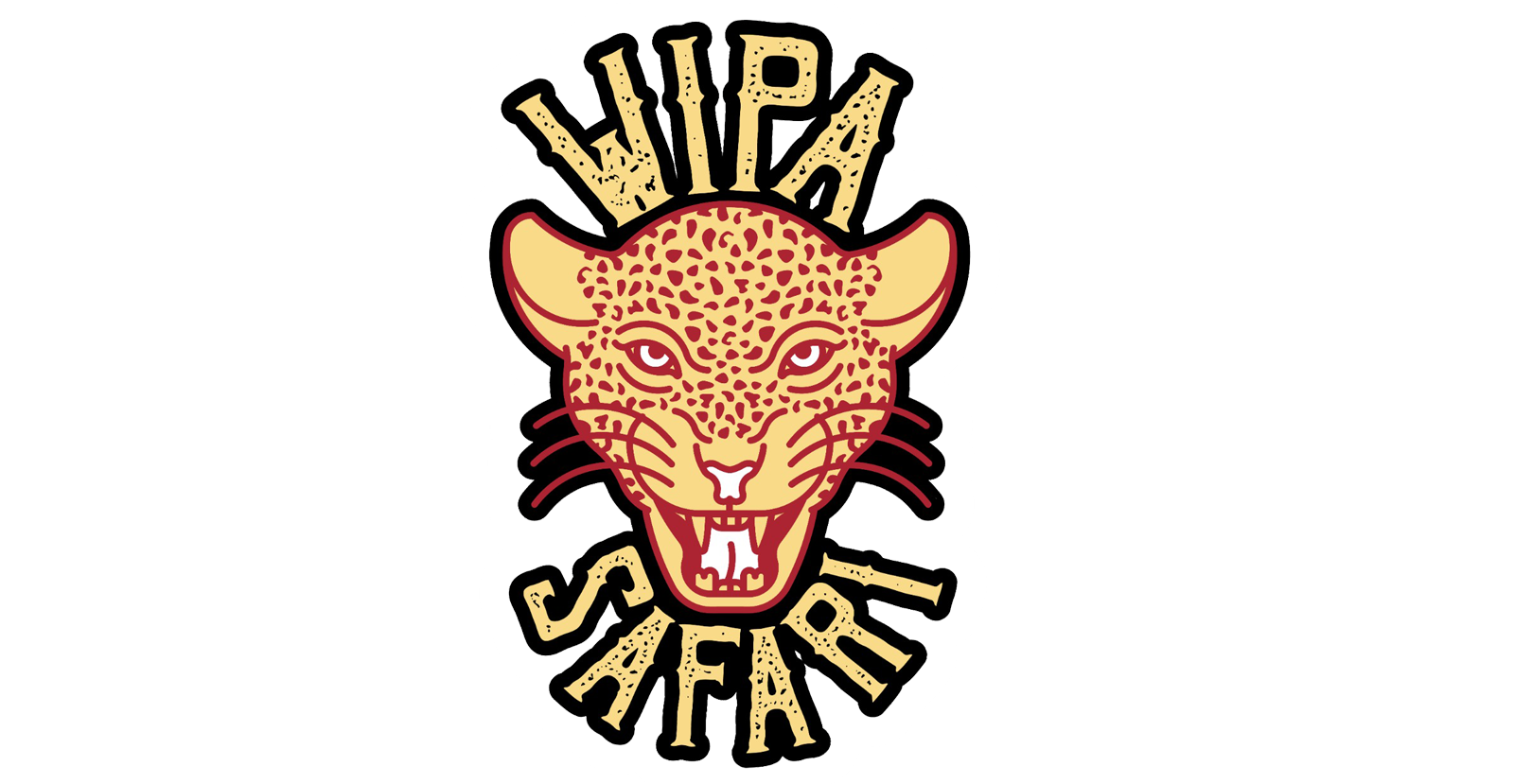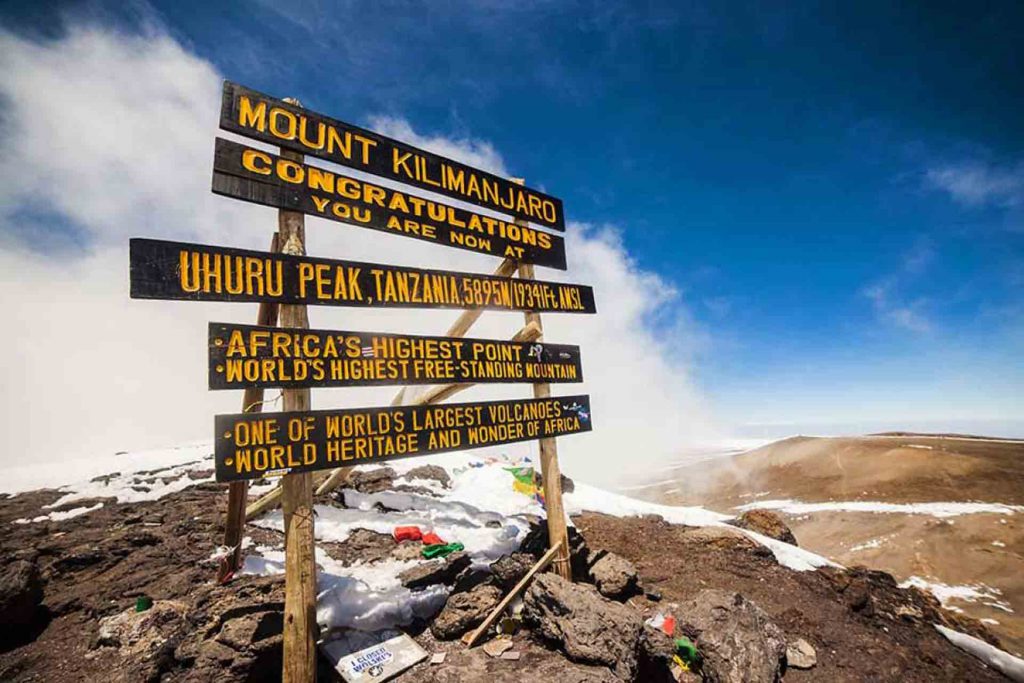With great History
All about kilimanjaro
Rising above the hot and dusty Maasai Steppe in northern Tanzania is a Mountain with its flat top white with snow stark against the blue African sky, it is Mount Kilimanjaro, the highest mountain in Africa, the highest free-standing mountain in the world, and one of the largest volcanoes ever to burst through the earths surface. Situated only three degrees below the Equator with snow and glaciers covering its peak,and just under four miles high it can be seen from more than 100 miles away on a clear day. Kilimanjaro is in fact a young mountain, roughly one million years ago there was probably a large river where it now stands. The formation of the Great Rift Valley two or three million years ago left deep fractures in the earths crust, and eventually many volcanoes broke through in the Kilimanjaro region.
Circa three quarters of a million years ago Mawenzi – Shira – Kibo broke through the surface to reach a height of about 16,000 ft, and stretched in an east-south-west direction for about forty miles. Shira became extinct and collapsed and became a Caldera. The north – east side was covered by fresh eruptions from Kibo and the rest was eroded forming the present plateau with a height of 13,140 ft. Mawenzi and Kibo grew until they reached almost 18,000 ft and their lava mixed forming the saddle. Mawenzi became extinct first, its center collapsing like that of Shira. In a explosion the entire eastern rim burst releasing debris and water over an area of over 400 miles, creating a spectacular gorge.Lava seeping through cracks formed “dykes” which eroded and gave Mawenzi its jagged outline and pinnacles reaching to 16,890 ft.

